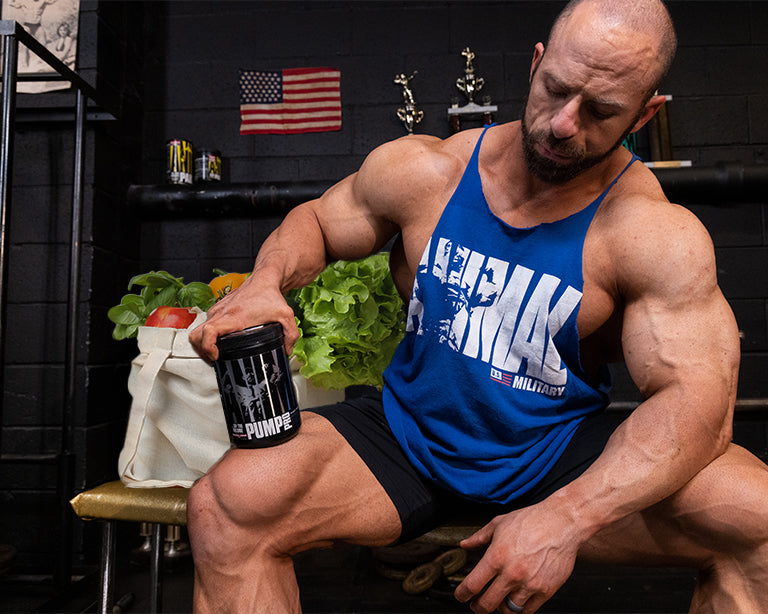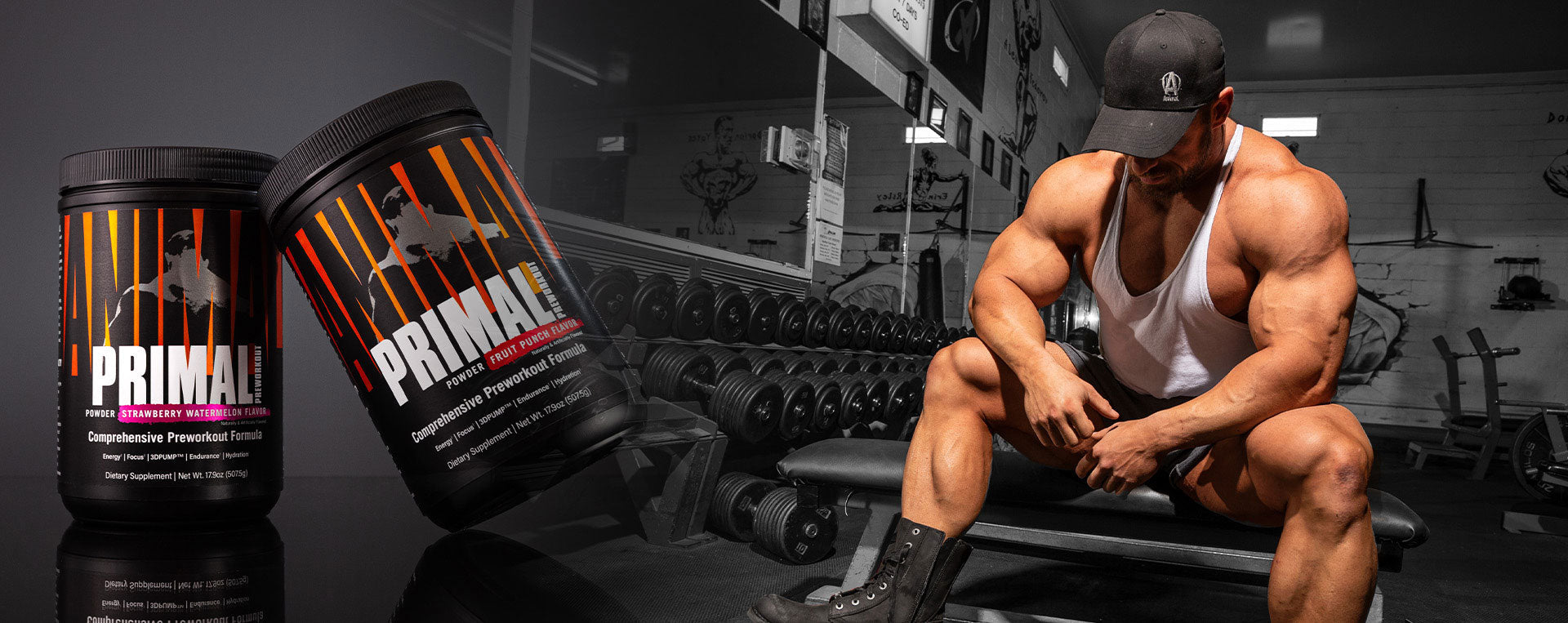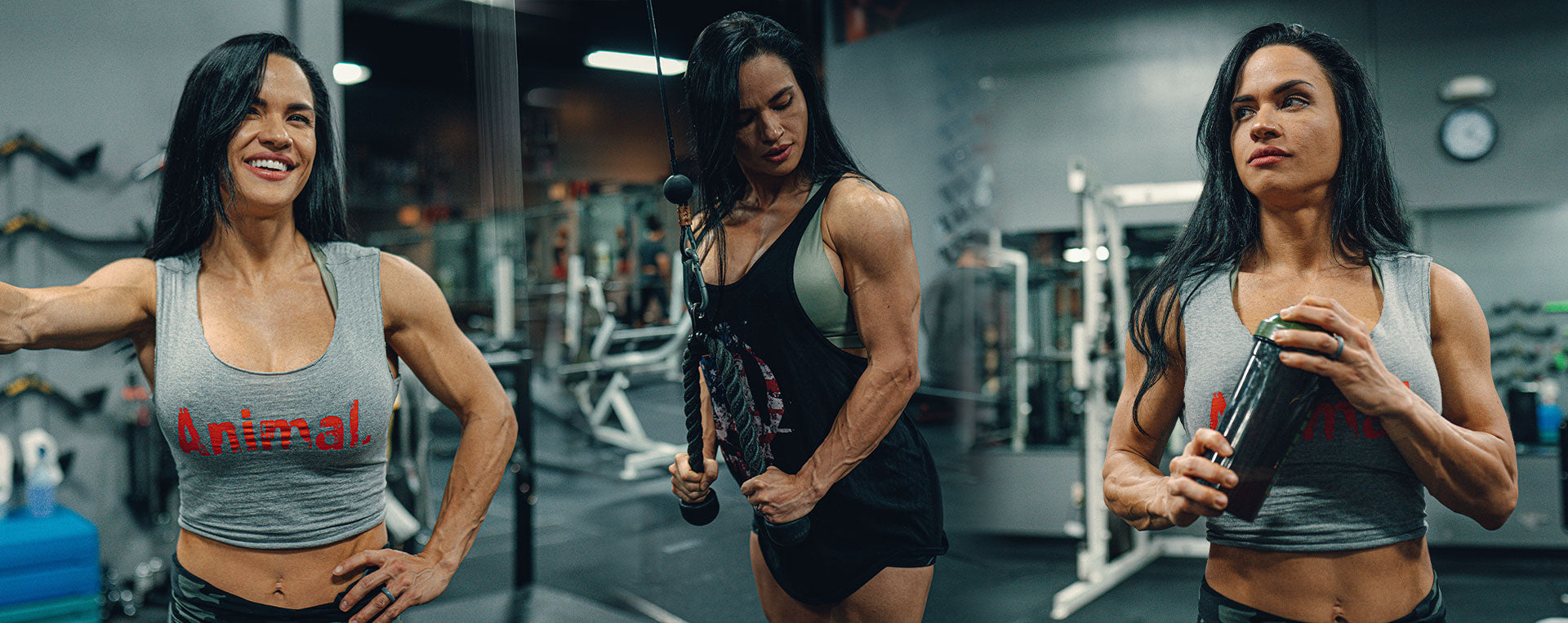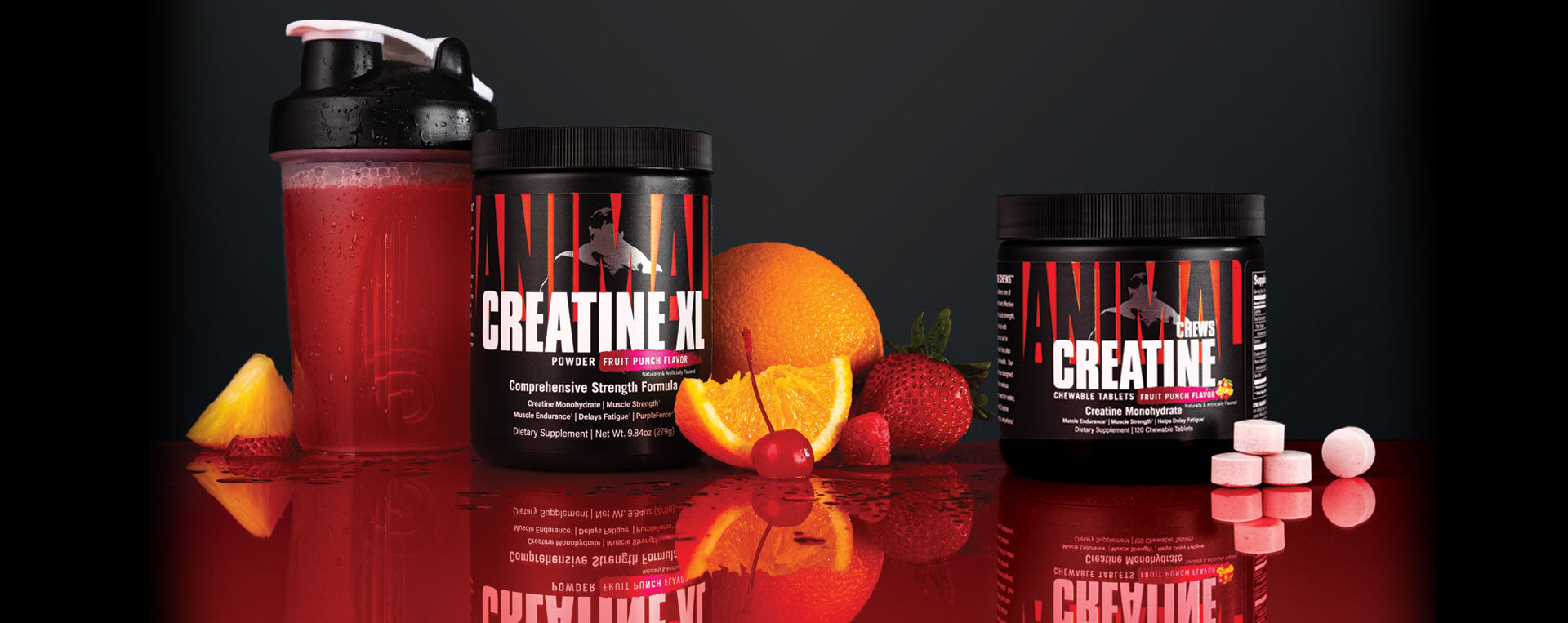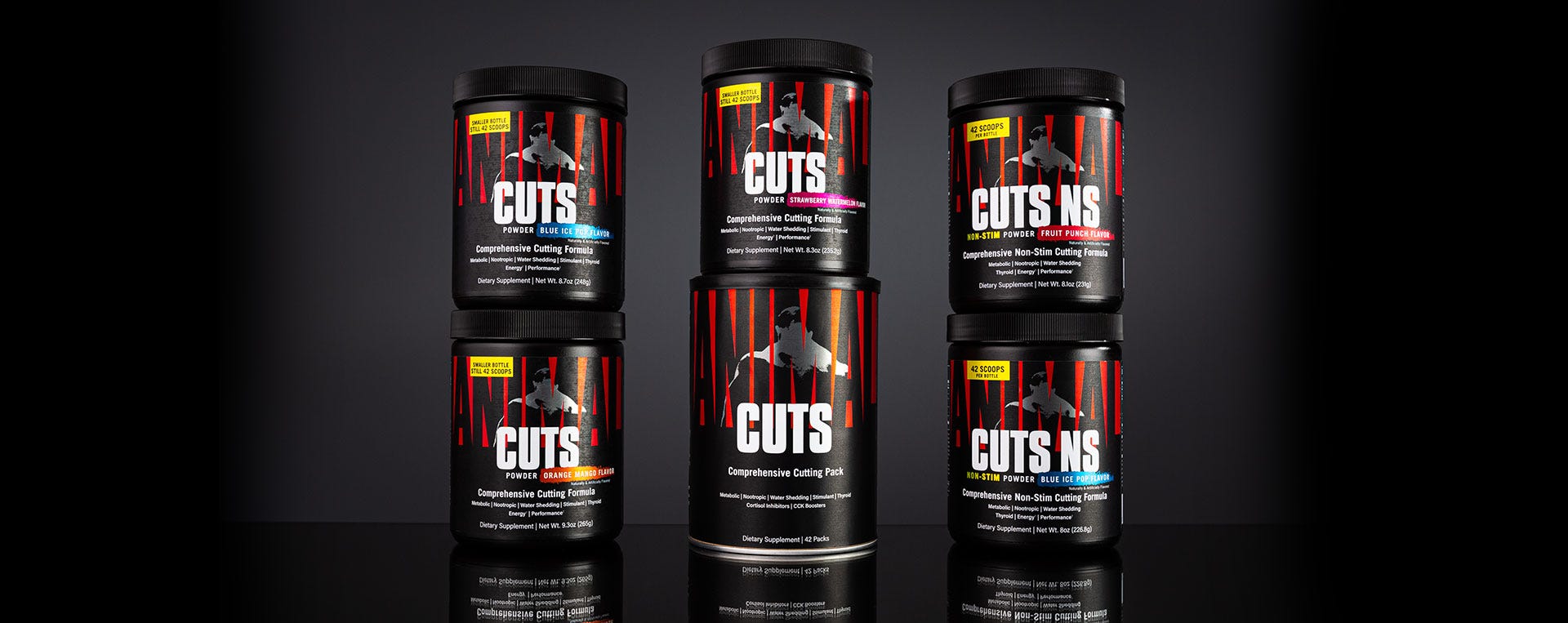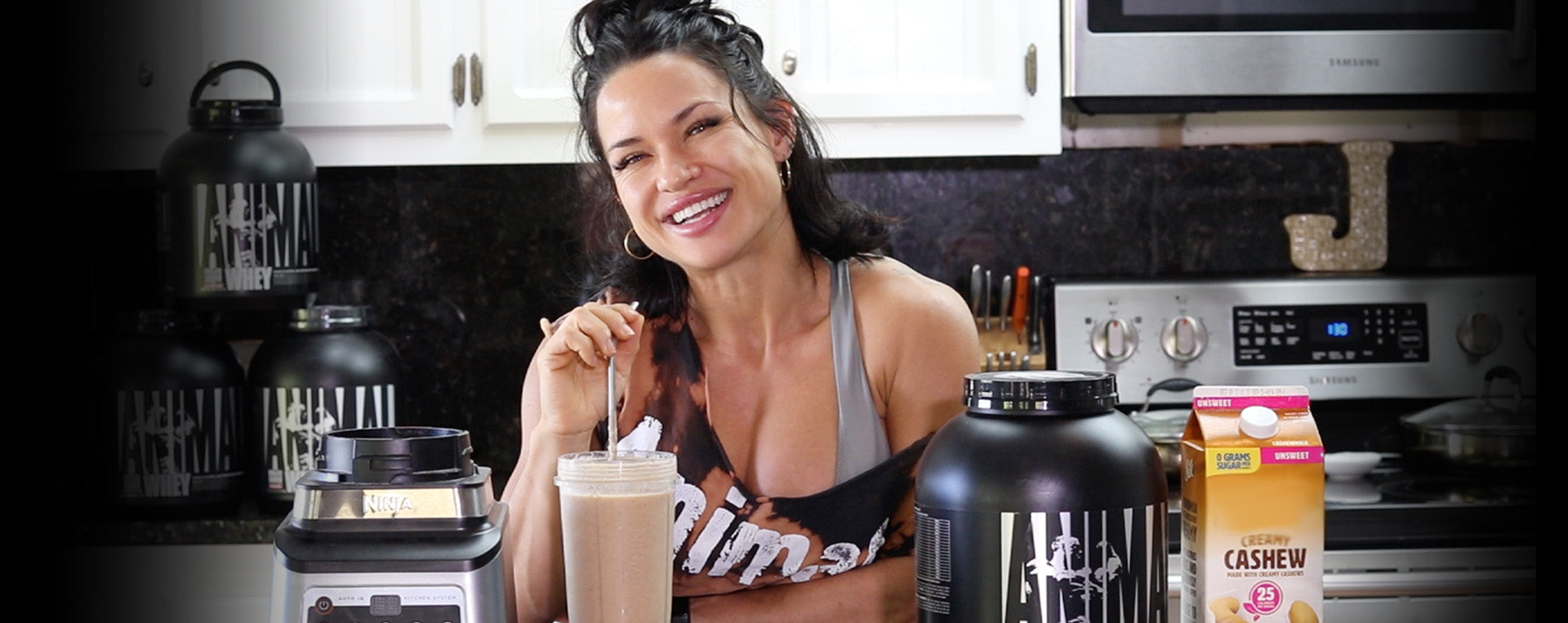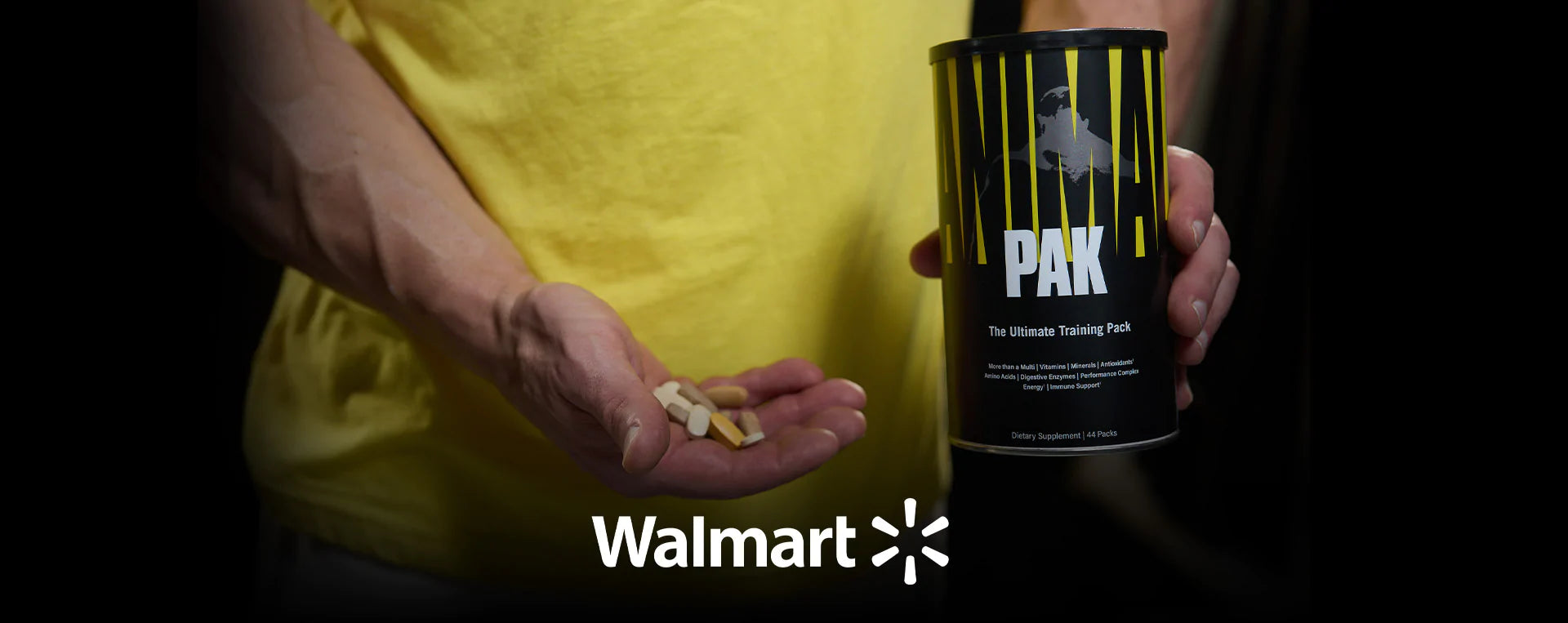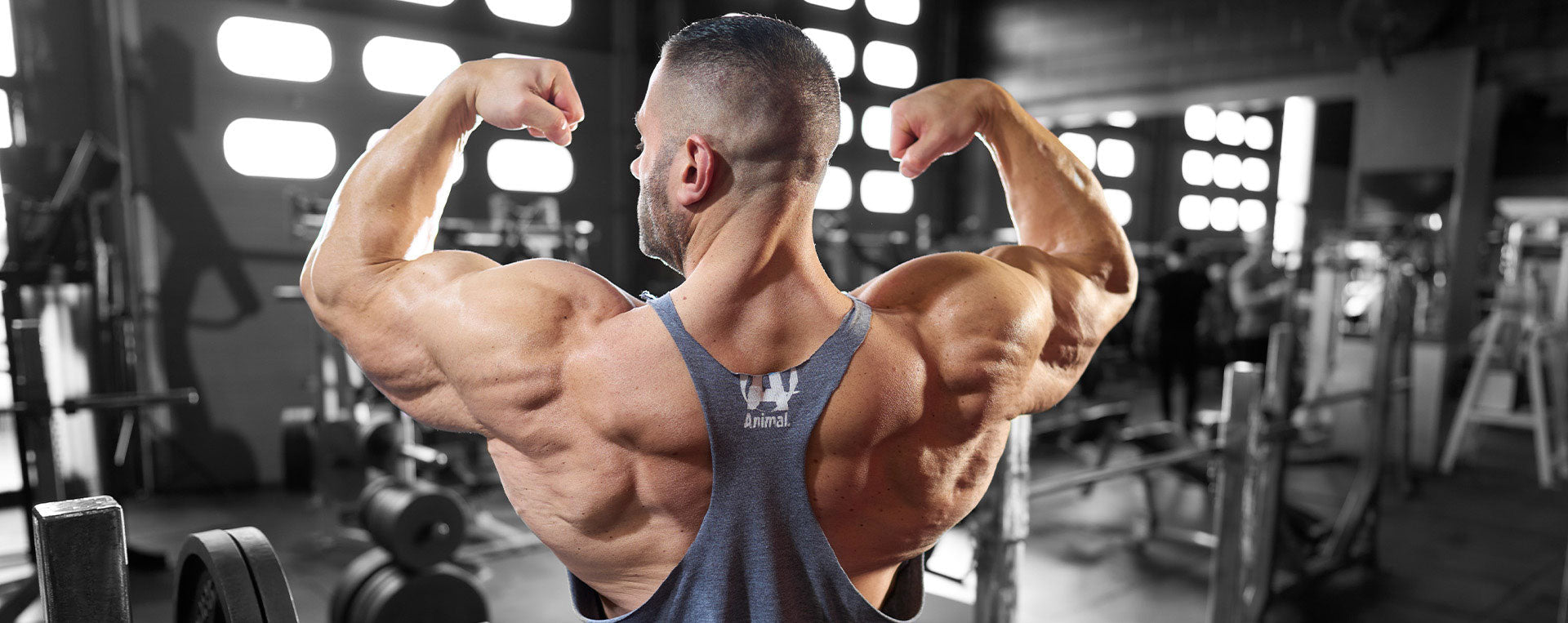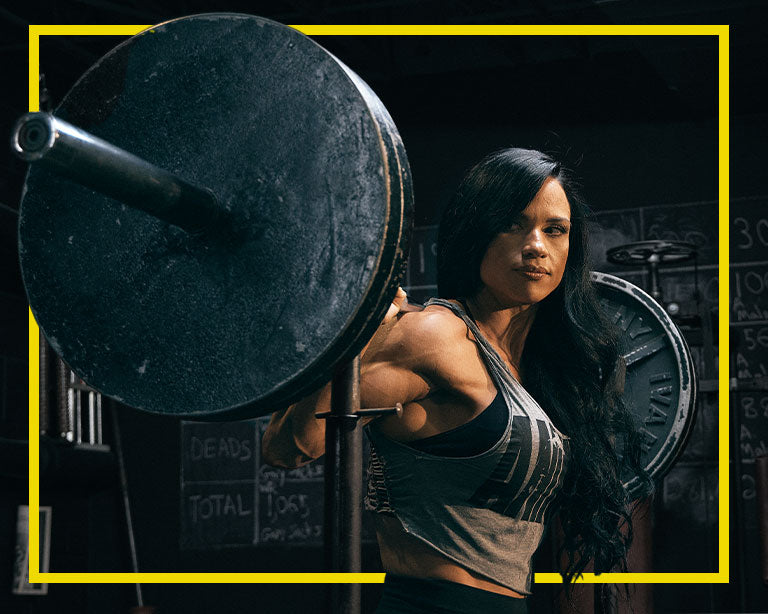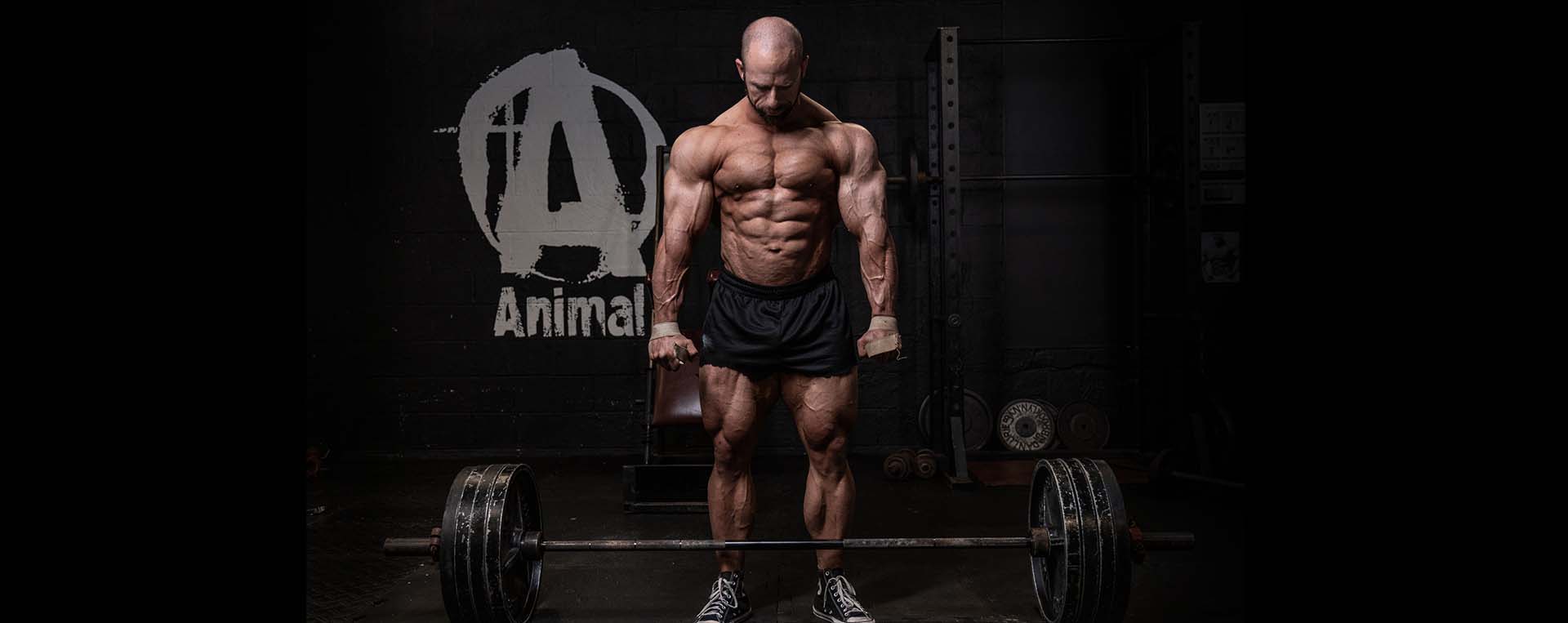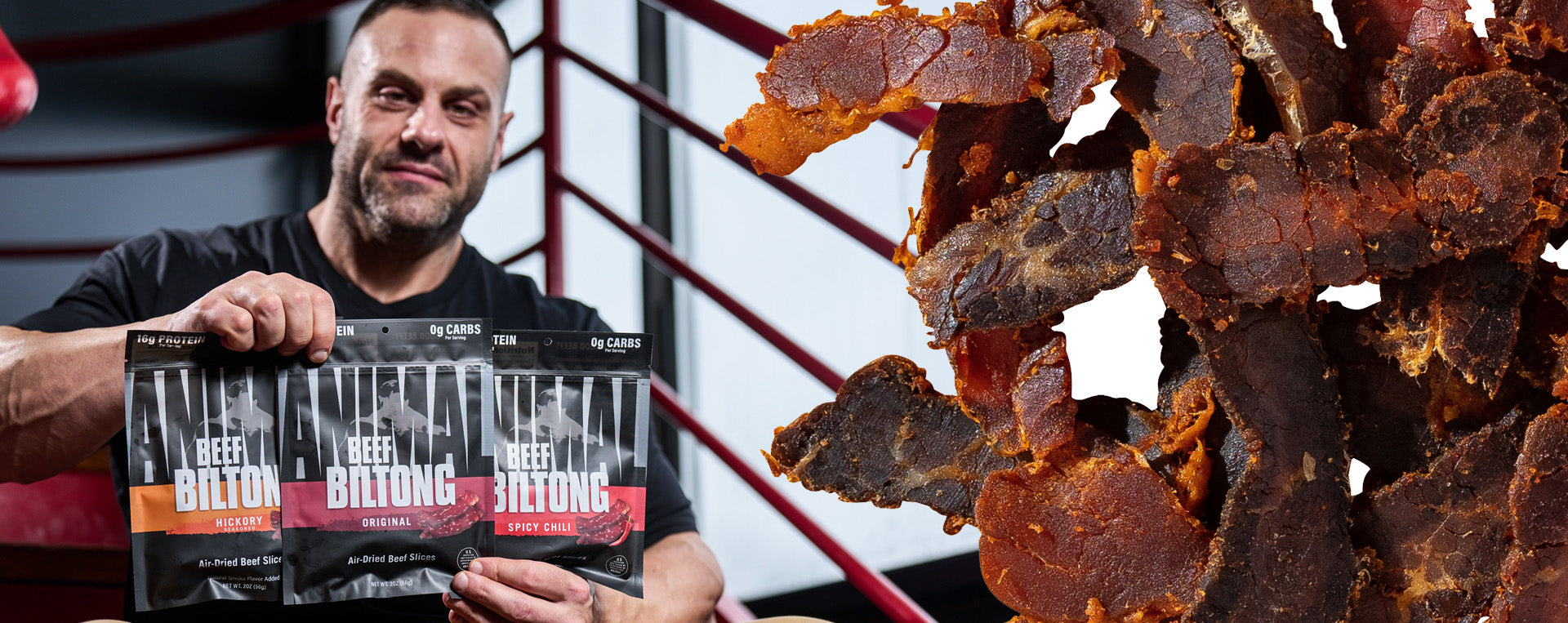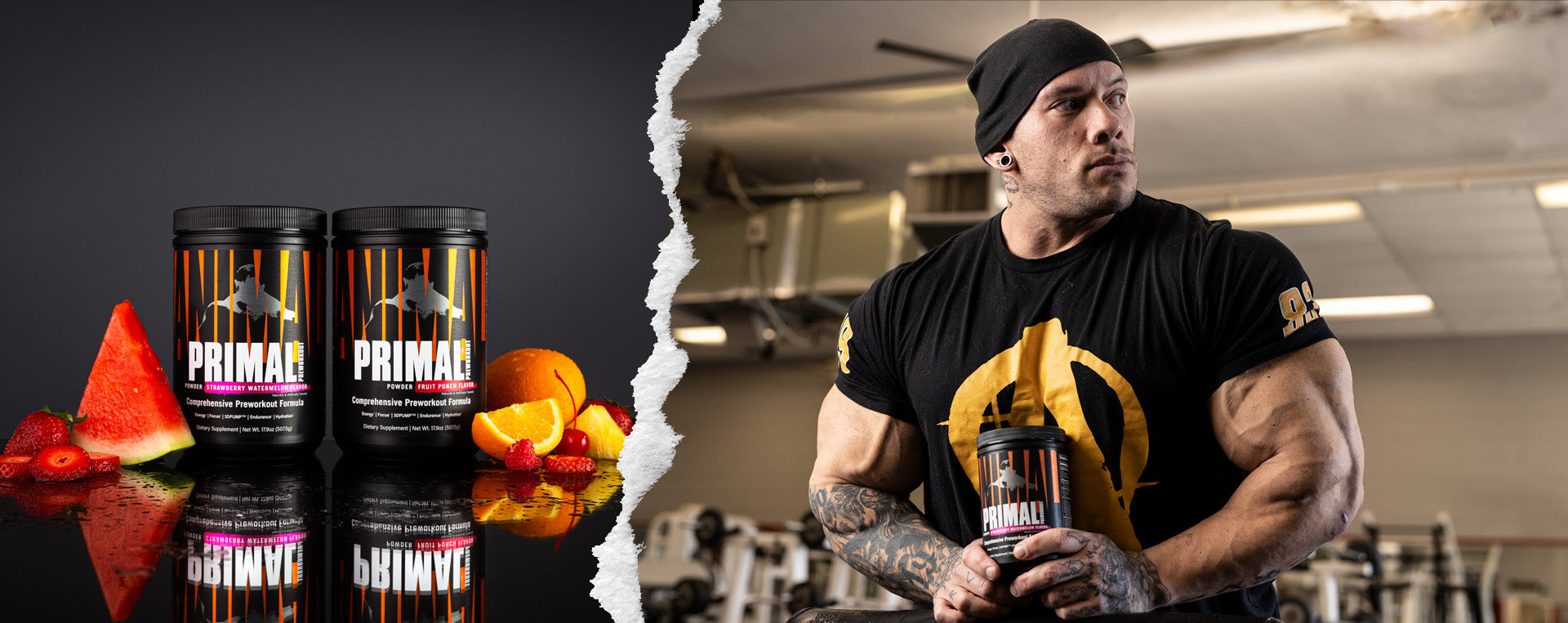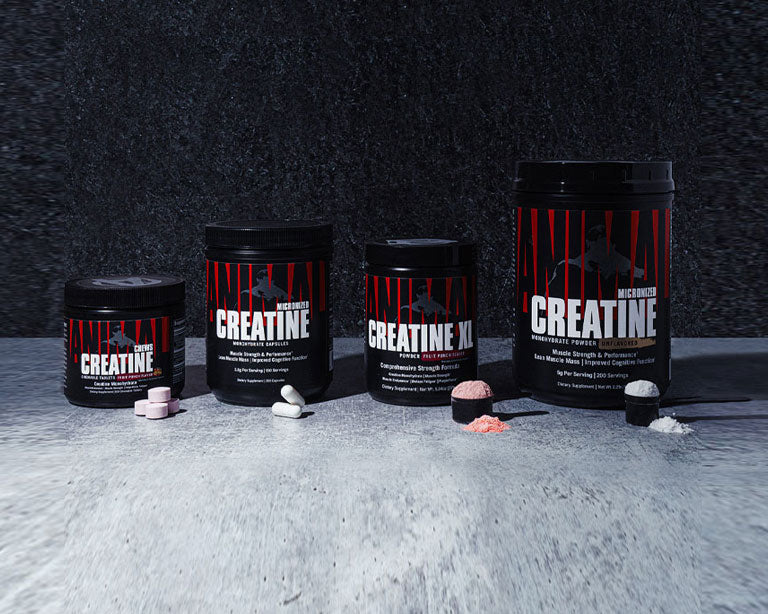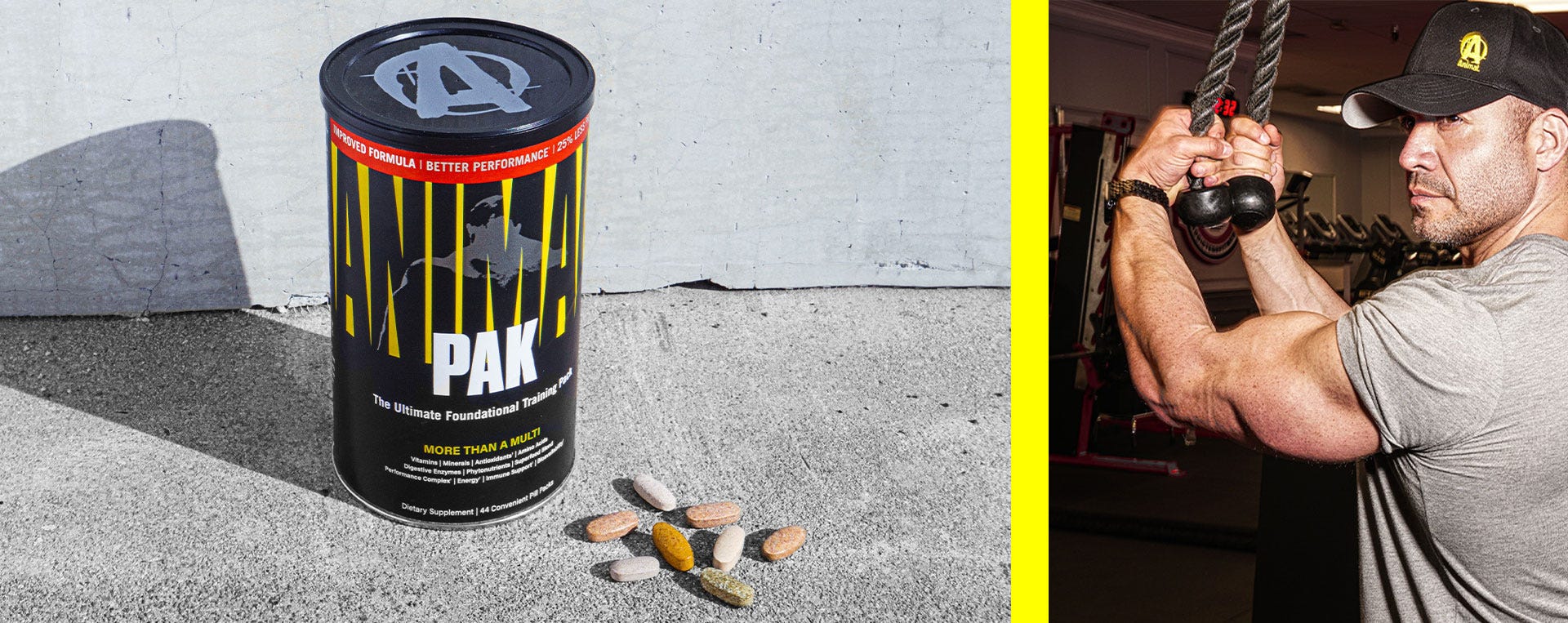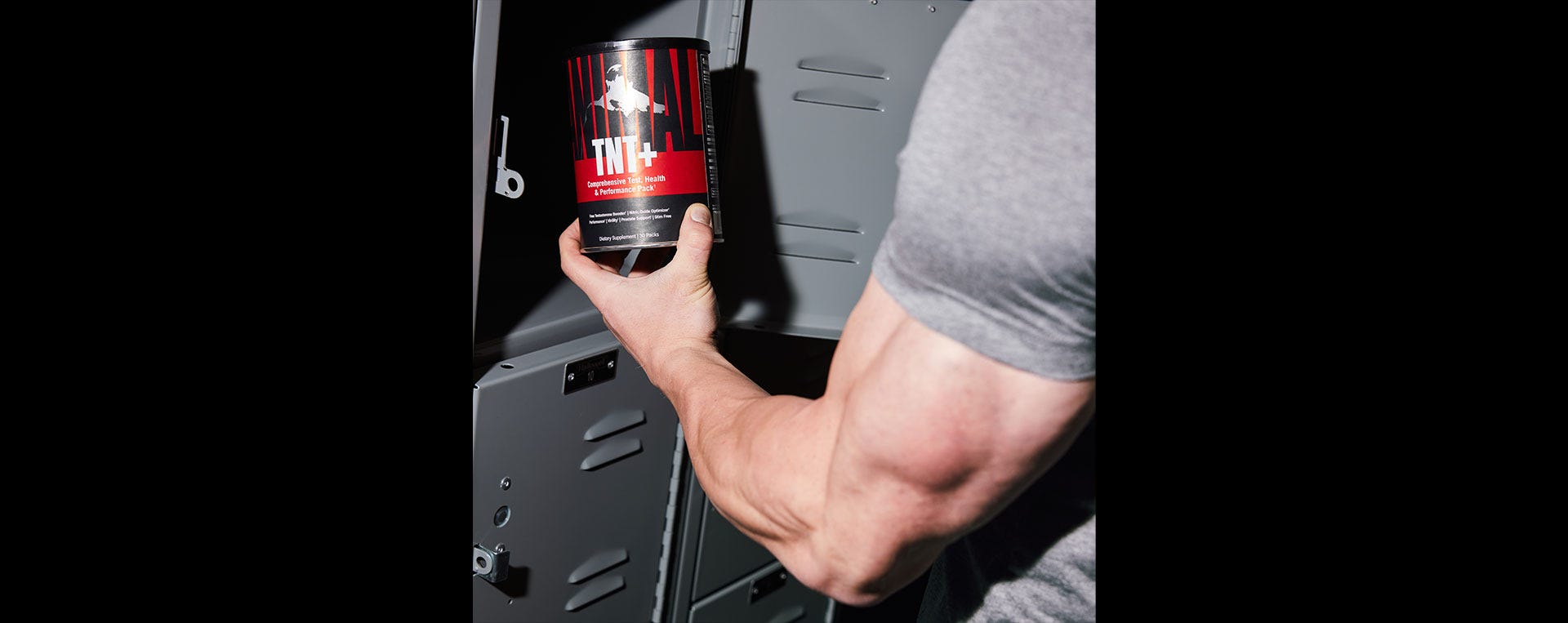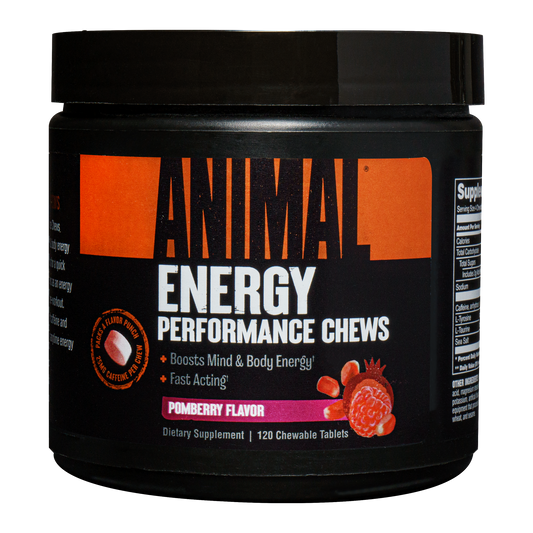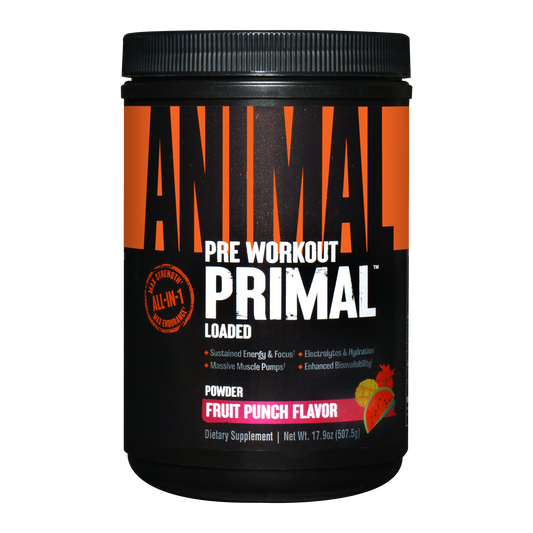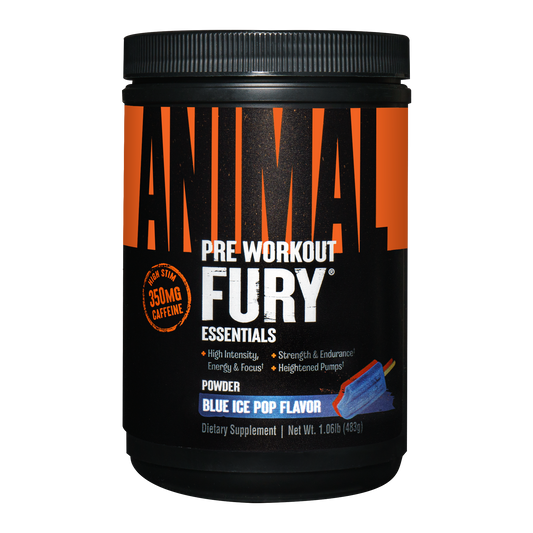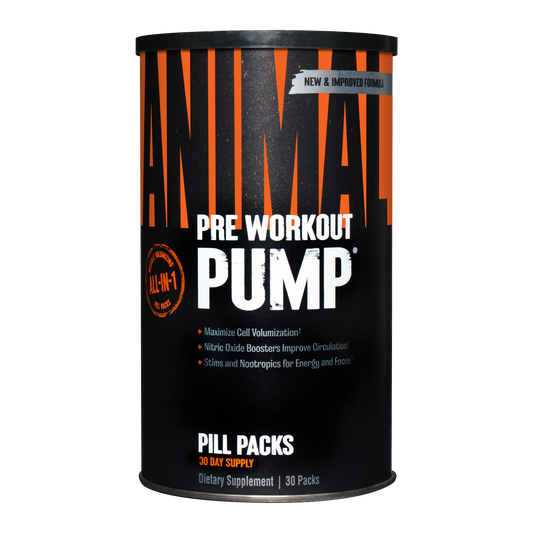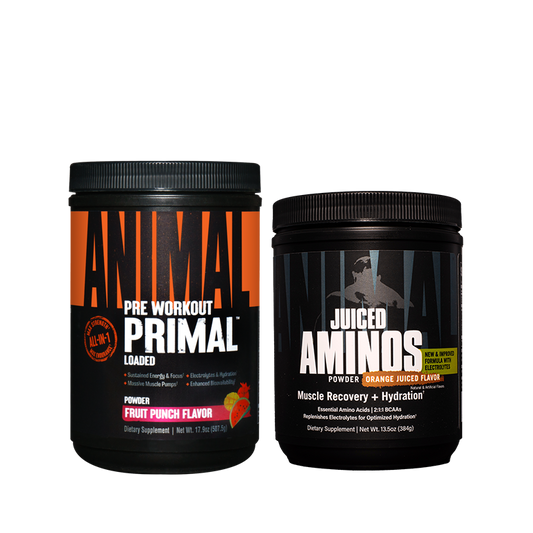I thought the word “pump” might grab your attention. Let’s be real, a skin-exploding pump during training is a lot of fun. If we can find ways to enhance it as bodybuilders, we are all over it. Now, I do not believe we need to chase the pump to grow, as having a pump in and of itself does not necessarily mean a workout was good or bad. So many variables, such as hydration, electrolyte balance, glycogen levels, sleep, mental fatigue, and local muscular fatigue, just to name a few, impact the pump. But let’s say we nail all those variables, what else can we do to enhance blood flow? I am going to cover some food sources I would make sure to have in place to really get you on your way to bigger pumps and more vascularity.
Before I touch on the foods, one of the primary reasons I pick foods that support blood flow is not for the pump but for health. My main concern in bodybuilding is long term effects on the heart, brain, and kidneys. These are very important organs and can really accrue some damage through what we do in bodybuilding. Foods that support those organs are essential to long term health outcomes and being able to bodybuild successfully for a long time. Now, let’s get to some food.
Dark Chocolate
Bring out the Snickers bar right? Well not so fast. Chocolate has some great benefits for heart health, but we need a specific kind. Dark chocolate is high in flavanols and has several health and performance benefits for the bodybuilder. We want a dark chocolate high in chocolate flavanols. These flavanols can stimulate endothelial production of nitric oxide (NO) to relax arteries and lower blood pressure—NO is what dilates blood vessels and gives you that vascularity. They can also improve insulin resistance, delay the perception of fatigue during training, decrease inflammation in the brain, and reduce oxidation of LDL lipoproteins and raise HDL.
To gain all of these benefits, you want 300-900 mg of flavanols per day. At a standard serving size of 40 g, many dark chocolate bars can easily provide at least 200 mg of flavanols. This must be dark chocolate, not milk chocolate or white chocolate, and I would look for a bar that is at minimum 85% cacao. The issue is that 14 g of dark chocolate also comes with 8 g of fat, 4.5 g of which is saturated fat. To avoid the fats and still get flavanols, go for cocoa powder.
I add 20 g of cocoa powder into my pre workout cream of rice or whey protein. You can also mix the powder with stevia and a small amount of water to make a chocolate spread for a rice cake. A tip about the powder is to avoid ones that go through “Dutch” processing, as this process removes the bitter parts that contain the flavanols.
Pomegranate
Getting a bodybuilder to eat fruit is like pulling teeth sometimes, but this specific fruit has some unique properties of interest to our community. I remember trying one for the first time and cutting it open. I was not expecting to see all of these little seeds and had to search the internet on how to eat it.
Pomegranate is a rich source of a variety of phytochemicals, which are responsible for its strong antioxidative and anti-inflammatory potential. Pomegranate can elevate expression of arterial endothelial NO synthase. This is the enzyme that creates NO for more blood flow. Also, pomegranate can prevent the destruction of NO once it has been formed, prolonging its duration of action.
In a study with 10 hypertensive subjects who consumed 50 ml of pomegranate juice (PJ) per day, all patients had 5% reduced systolic blood pressure and 36% reduced serum angiotensin converting enzyme activity (ACE). ACE is an enzyme responsible for the pathway leading to increases in blood pressure, a big issue in the bodybuilding tribe. Another study showed 500 ml of PJ per day for one week decreased C-reactive protein, a marker for systemic inflammation in the body and is the primary underlying driver of many disease states. PJ has also been shown to reverse calcification in arterial walls, potentially lowering risk of heart disease.
With the enhancement in blood vessel diameter and blood flow that PJ supplementation provides, we see an improvement in muscle oxygenation and exercise performance. In fact, 500 ml during training can decrease muscle soreness and damage.
Find an organic juice and not one from concentrate, otherwise it will be watered down and low in phytochemicals. You can gain the heart health benefits from 4-6 ounces per day. Since pomegranate juice is 50:50 glucose:fructose ratio, it works excellently as an intra workout carb source. Glucose and fructose utilize different transporters in the gut for absorption, so this can limit GI distress that is common with all glucose or all fructose intra workout carbs. I like to mix 6 ounces in with some water and 1 scoop of Animal Juice Aminos during all my training sessions.
Beets
Beets are a highly concentrated source of dietary nitrate, which when consumed gets converted to NO. Beet root has been shown to improve endurance performance via vasodilation, increase glucose uptake, and reduce the energy cost of exercise. Although most of the studies on beets and nitrates have been on endurance training, there are some plausible mechanisms for beets to aid hypertrophy via acute cell swelling of muscle, promote satellite cell differentiation, and increase training volume handling.
There are plenty of additional health benefits of beets and high nitrate vegetables. We see a lowering in blood pressure of as much as 7.7 mmHg for 24 hours; even a 2 mmHg decrease in blood pressure can reduce risk of heart disease and stroke by 5%. They can decrease inflammation, improve endothelial cell function, decrease arterial stiffness, improve cognitive function, and they are a source of boron which decreases SHBG (a protein that binds testosterone). Beets are also great for bowel function as they contain 3 g of fiber per 100 g, 50% of which is soluble fiber. Whether on prep or off-season, this will keep food moving through the GI tract.
Dosing for an effect is around 400-500 mg of dietary nitrate. The issue obtaining this from beets and other high nitrate foods is there is a lot of variability in nitrate content due to place of growth, soil composition, fertilizer used, etc. So we cannot say for certain an exact food amount will have an exact amount of nitrate. On average, 100 g of beets will contain >250 mg of nitrate. Other food sources high in nitrate include spinach, celery, arugula, rhubarb, and butter leaf lettuce. Timing in these studies is typically 2-3 hours prior to training. You can find some standardized beet root juices and supplements that list the nitrate content; however, these can be pricey in comparison to the whole food source.
For application I recommend consuming high nitrate rich foods throughout the day to obtain all the health benefits of high nitrate veggies. For training benefits, I add beets to my second meal prior to training. I consume 150 g beets and 150 g spinach, both of which are the highest in dietary nitrate of all the veggie choices. Be forewarned that the red color pigments in beets—betalains—can turn your stool and urine various shades of red. If this happens to you, don’t think there’s something wrong. This is nothing to worry about.
Fruits and Veggies for the Win
A healthy diet is one that is based on high intakes of fruits and vegetables. They benefit the heart, brain, and kidneys in so many ways, and these are the same organs we need to protect from the rigors of the bodybuilding lifestyle. While upping the fruit and veggie game we might as well add in some that also give us a boost in our training too. Lastly, chocolate is technically a vegetable (cocoa bean), so enjoy!
Want to further enhance the pump? Pair these foods up with Animal Pump Pro as a pre workout. This will be a surefire way to exploit every mechanism to drive skin-bursting pumps and training performance.
References
Grassi D, Necozione S, Lippi C, Croce G, Valeri L, Pasqualetti P, Desideri G, Blumberg JB, Ferri C. Cocoa reduces blood pressure and insulin resistance and improves endothelium-dependent vasodilation in hypertensives. Hypertension. 2005 Aug;46(2):398-405. doi: 10.1161/01.HYP.0000174990.46027.70. Epub 2005 Jul 18. PMID: 16027246.
Massaro M, Scoditti E, Carluccio MA, Kaltsatou A, Cicchella A. Effect of Cocoa Products and Its Polyphenolic Constituents on Exercise Performance and Exercise-Induced Muscle Damage and Inflammation: A Review of Clinical Trials. Nutrients. 2019 Jun 28;11(7):1471. doi: 10.3390/nu11071471. PMID: 31261645; PMCID: PMC6683266.
Vučić V, Grabež M, Trchounian A, Arsić A. Composition and Potential Health Benefits of Pomegranate: A Review. Curr Pharm Des. 2019;25(16):1817-1827. doi: 10.2174/1381612825666190708183941. PMID: 31298147.
Roelofs EJ, Smith-Ryan AE, Trexler ET, Hirsch KR, Mock MG. Effects of pomegranate extract on blood flow and vessel diameter after high-intensity exercise in young, healthy adults. Eur J Sport Sci. 2017;17(3):317-325. doi:10.1080/17461391.2016.1230892
Ammar A, Turki M, Chtourou H, et al. Pomegranate Supplementation Accelerates Recovery of Muscle Damage and Soreness and Inflammatory Markers after a Weightlifting Training Session. PLoS One. 2016;11(10):e0160305. Published 2016 Oct 20. doi:10.1371/journal.pone.0160305
Cholewa J, Trexler E, Lima-Soares F, de Araújo Pessôa K, Sousa-Silva R, Santos AM, Zhi X, Nicastro H, Cabido CET, de Freitas MC, Rossi F, Zanchi NE. Effects of dietary sports supplements on metabolite accumulation, vasodilation and cellular swelling in relation to muscle hypertrophy: A focus on "secondary" physiological determinants. Nutrition. 2019 Apr;60:241-251. doi: 10.1016/j.nut.2018.10.011. Epub 2018 Oct 10. PMID: 30682546.
Hord NG, Tang Y, Bryan NS. Food sources of nitrates and nitrites: the physiologic context for potential health benefits. Am J Clin Nutr. 2009 Jul;90(1):1-10. doi: 10.3945/ajcn.2008.27131. Epub 2009 May 13. PMID: 19439460.
Kapil V, Khambata RS, Robertson A, Caulfield MJ, Ahluwalia A. Dietary nitrate provides sustained blood pressure lowering in hypertensive patients: a randomized, phase 2, double-blind, placebo-controlled study. Hypertension. 2015 Feb;65(2):320-7. doi: 10.1161/HYPERTENSIONAHA.114.04675. Epub 2014 Nov 24. PMID: 25421976; PMCID: PMC4288952.





